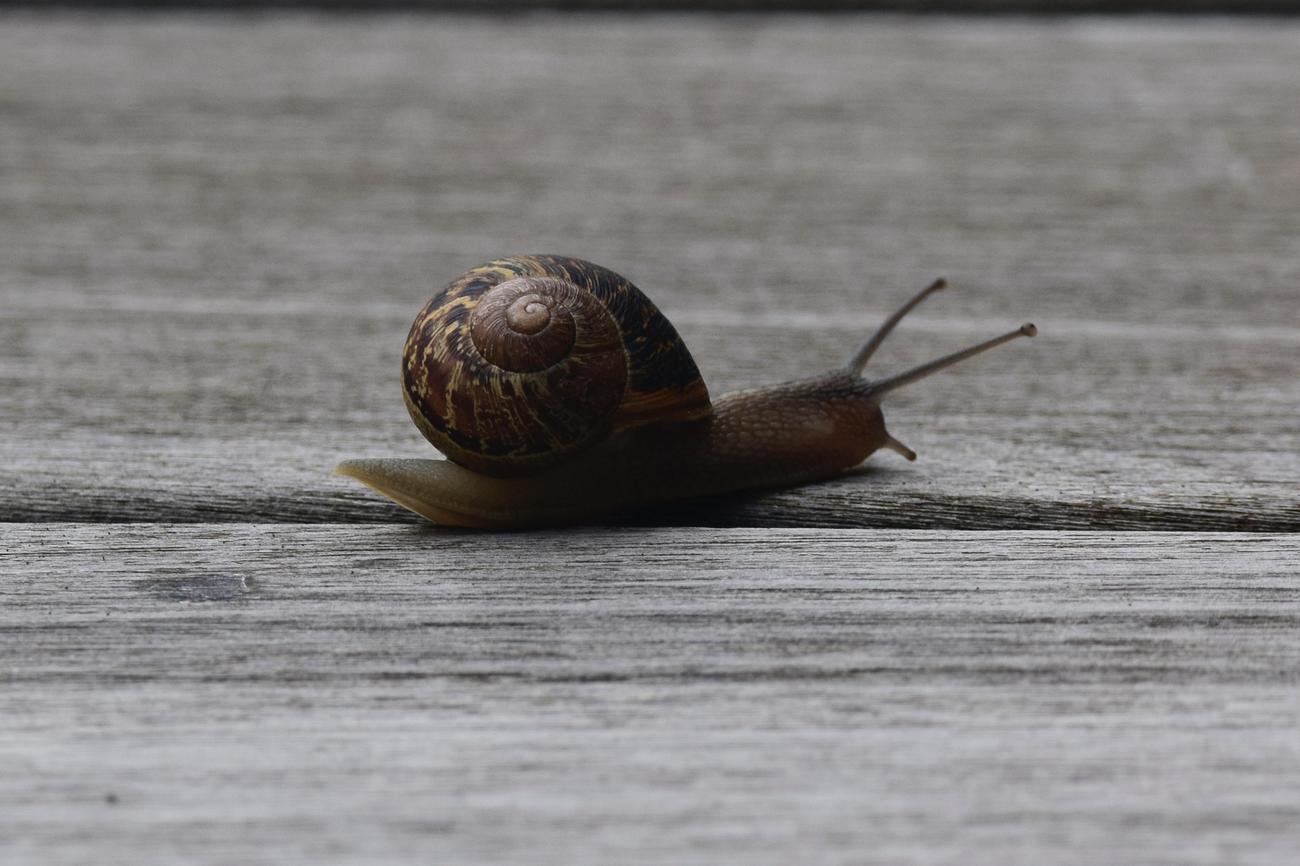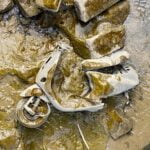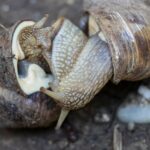Are you ready to dive into the strange and captivating world of weird slime properties? Look no further! In this article, we will unravel the enigmatic secrets of peculiar slime and explore its fascinating and bizarre properties. From mind-boggling elasticity to mind-blowing self-healing abilities, the world of slime is filled with wonders waiting to be discovered. As a seasoned science writer with a passion for all things peculiar, I am here to guide you through this mysterious realm, bringing you captivating stories and breaking down complex concepts into accessible narratives. So buckle up, because we are about to embark on a thrilling adventure into the peculiar slime universe!

Weird Slime Properties
Slime molds may seem like peculiar organisms, but their properties and behaviors hold a world of fascination waiting to be explored. From their unique elasticity to their mesmerizing ability to navigate mazes, these mysterious creatures possess a realm of weird slime properties that can captivate the imagination. Let’s dive into the enigmatic world of slime and unravel some of its secrets.
Elasticity: Stretching the Boundaries of Possibility
One of the most intriguing properties of slime molds is their remarkable elasticity. These organisms, often found growing on rotting wood and decomposing matter, can stretch and deform in ways that defy our expectations. Weird slime properties encompass their ability to elongate and reshape themselves, adapting to different environments and conditions.
Imagine a slimy creature effortlessly extending its body, like a piece of taffy being pulled apart. Slime molds possess a dynamic, gel-like consistency that allows them to contract and expand, flexing their bodies to explore their surroundings. This elasticity is achieved through their unique chemical composition and microstructure.
Slime molds, while typically classified as a type of amoeba, exhibit behavior that blurs the lines between individual cells and multicellular organisms. Their slime, also known as mucus, plays a vital role in their elasticity. This viscous substance contains long, interconnected molecules that act like tiny springs, enabling the slime mold to stretch and bounce back into shape.
The intricate structures and chemical compositions of slime molds give rise to their astonishing elasticity. By studying the properties of slime, scientists hope to unlock the secrets behind this peculiar ability and potentially apply it in various fields, such as material science and robotics.
“Slime molds possess a mesmerizing elasticity, stretching and reshaping themselves to explore their surroundings like a piece of taffy being pulled apart.”
Intelligent Navigation: A Maze of Mystery
Slime molds not only showcase their elasticity but also exhibit an unexpected intelligence when it comes to navigating their environment. Some species, like Physarum polycephalum, have complex behavior patterns that have baffled scientists and led to further exploration into the enigmatic world of slime.
These intelligent slime molds have been put to the test by being presented with puzzles and mazes. To the astonishment of researchers, slime molds have successfully solved these challenges, finding the most efficient paths to reach their desired destinations. How do they accomplish this?
The secret lies in the way slime molds explore and exploit their surroundings. Despite lacking conventional sensory organs, these clever organisms can sense and respond to their environment through various means. By extending their network of slime, slime molds can detect and follow gradients of chemicals, light, and even temperature.
This remarkable ability allows slime molds to navigate mazes and solve puzzles in a truly unique and unconventional manner. Weird slime properties encompass their intelligence, as slime molds utilize slime to create efficient transportation networks that resemble natural highways. By transferring nutrients and information, slime molds optimize the exploration of their environment.
“Slime molds, with their remarkable intelligence and ability to navigate mazes, challenge our understanding of how organisms interact with their surroundings.”
Self-Healing: A Wondrous Resilience
In addition to their intriguing elasticity and intelligence, slime molds possess another peculiar property: self-healing. Just like some fictional superheroes, these slime molds have the remarkable ability to mend themselves when wounded or damaged. This resilience is yet another aspect of the diverse and mesmerizing world of slime.
When a slime mold is injured, it can repair the damage by redistributing its resources and nutrients. By prioritizing the areas that need healing, the slime mold can ensure its survival and continue its exploration. This ability to self-heal is not only fascinating but also serves as a valuable lesson to researchers studying regenerative processes.
By understanding the mechanisms that allow slime molds to self-heal, scientists hope to gain insights into potential applications for human health and well-being. Slime molds could potentially inspire advancements in wound healing techniques, tissue regeneration, and other medical fields.
“Slime molds possess a wondrous resilience, able to mend themselves when wounded just like some fictional superheroes.”
As scientists continue to explore the peculiar world of slime, their discoveries shed light on the intricate and fascinating properties of these organisms. From elasticity and intelligence to self-healing, the weird slime properties that we unravel not only captivate our curiosity but also hold potential applications in various scientific fields.
So, the next time you come across a slimy creature, take a moment to consider its extraordinary abilities. Slime molds, despite their simple appearance, have a lot to teach us about biology, adaptability, and the endless possibilities found within the enigmatic realm of weird slime properties.
Slime Trivia is the ultimate destination for all slime enthusiasts! Dive into a world of endless possibilities as you explore the fascinating realm of slime-making. Whether you’re a beginner or a seasoned pro, this comprehensive collection of trivia will surely pique your interest. Uncover the secrets behind the mesmerizing textures, vibrant colors, and unique ingredients that make each slime creation truly one-of-a-kind. Prepare to be amazed as you unravel the history, science, and artistry behind this wildly popular trend. Get ready to level up your slime game by clicking here: Slime Trivia. Let the adventure begin!

FAQ
Q: What is slime mold?
A: Slime mold is a type of amoeba that grows on rotting wood and decomposing matter. There are more than 900 species of slime mold in the world.
Q: Where can slime be found in nature?
A: Slime, also known as mucus, can be found in various organisms including humans. In nature, slime mold can be found in lawns, soil, forests, and even tropical fruits.
Q: What is the role of slime mold in the ecosystem?
A: Slime mold is harmless and plays a crucial role in the decay of organic matter, recycling it into the food web.
Q: Can slime mold exhibit intelligent behavior?
A: Yes, certain slime molds like Physarum polycephalum have complex behavior patterns and are considered intelligent. They have been studied for their unique abilities and have even been used to solve puzzles and navigate mazes.
Q: Are there any connections between slime mold and human health?
A: While slime molds themselves are not directly connected to human health, the mucus in our bodies, such as the mucus in our nose, serves to protect us by trapping dirt and bacteria. Some diseases, like cystic fibrosis, can affect mucus production and lead to health issues.
- China II Review: Delicious Food & Speedy Service - April 17, 2025
- Understand Virginia’s Flag: History & Debate - April 17, 2025
- Explore Long Island’s Map: Unique Regions & Insights - April 17, 2025
















